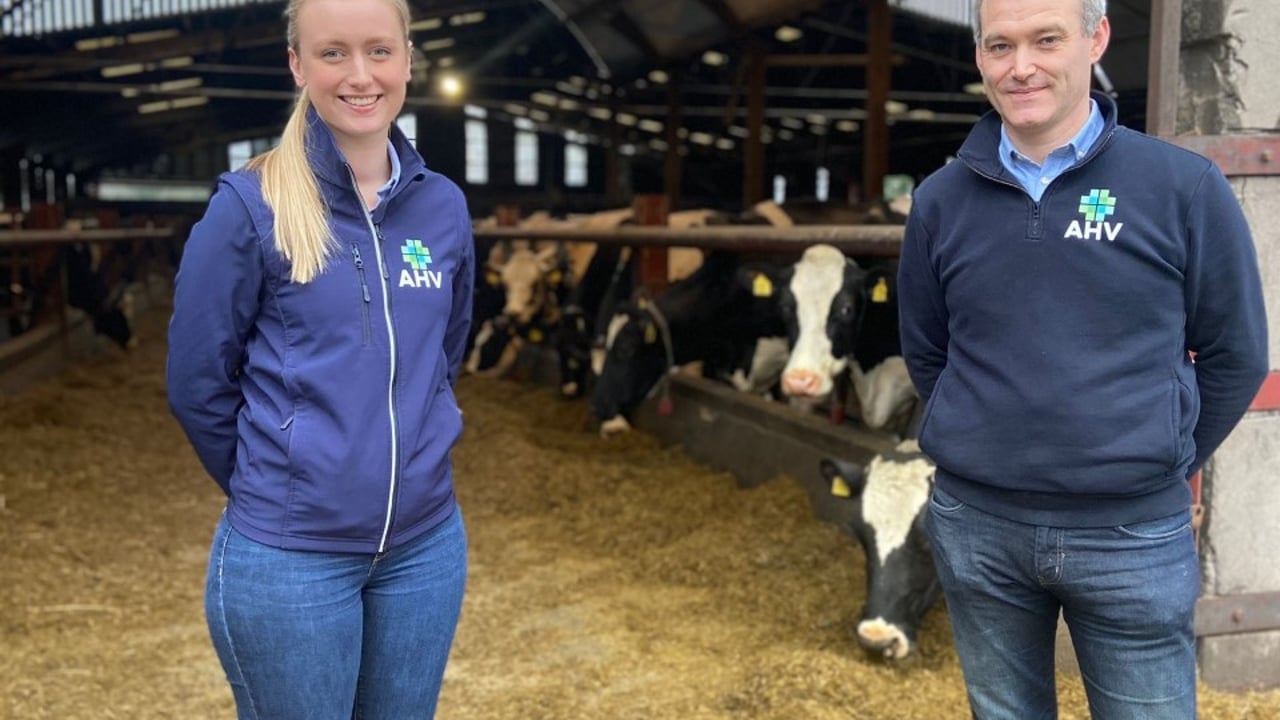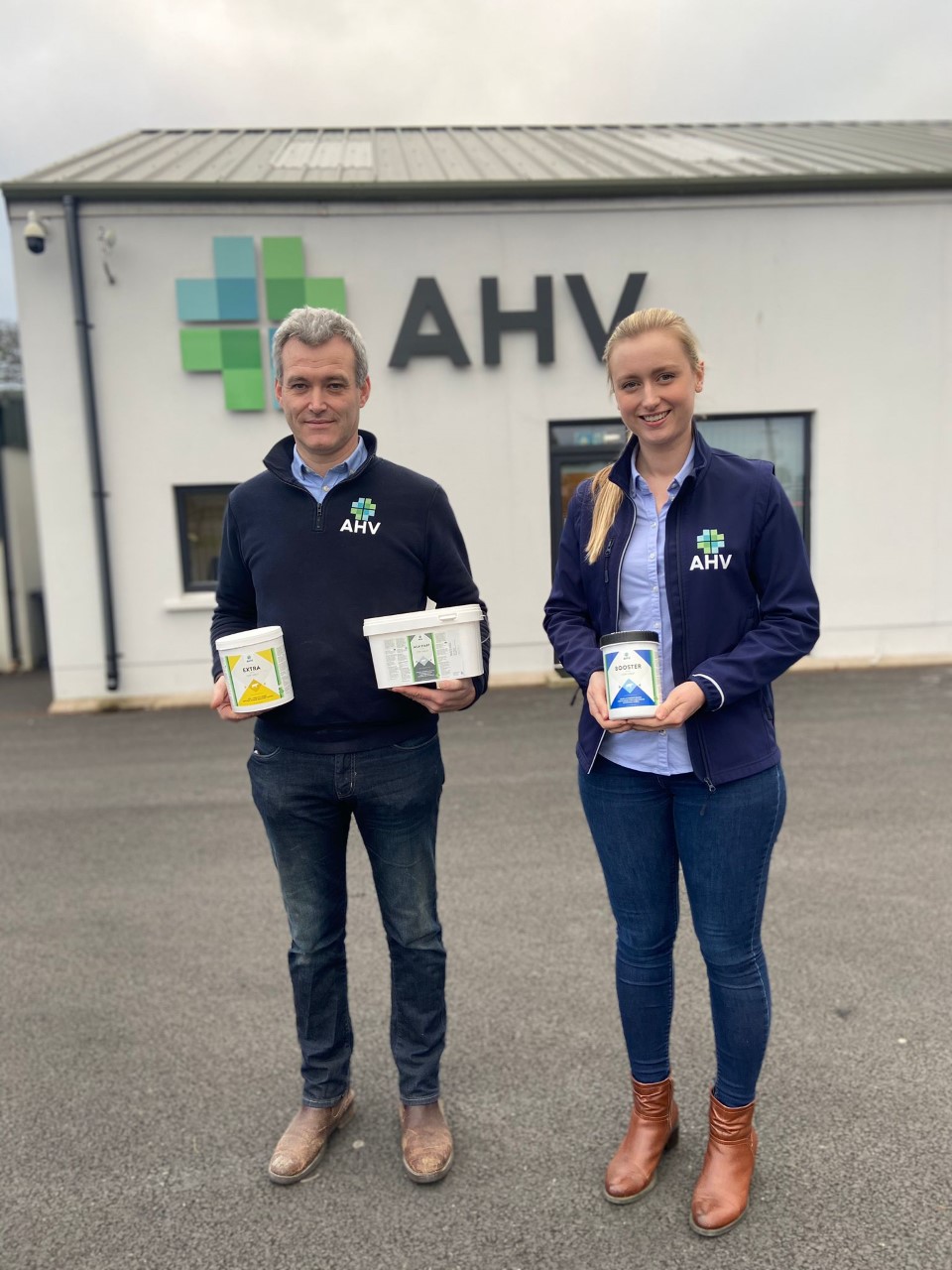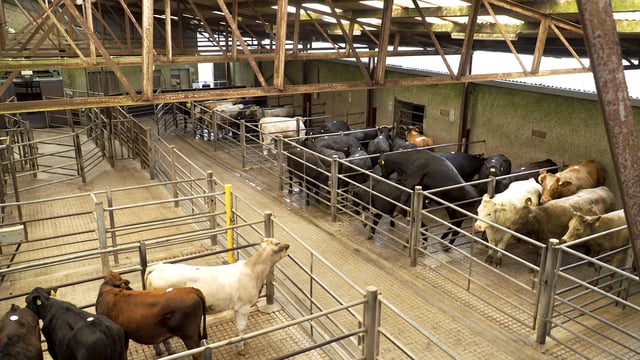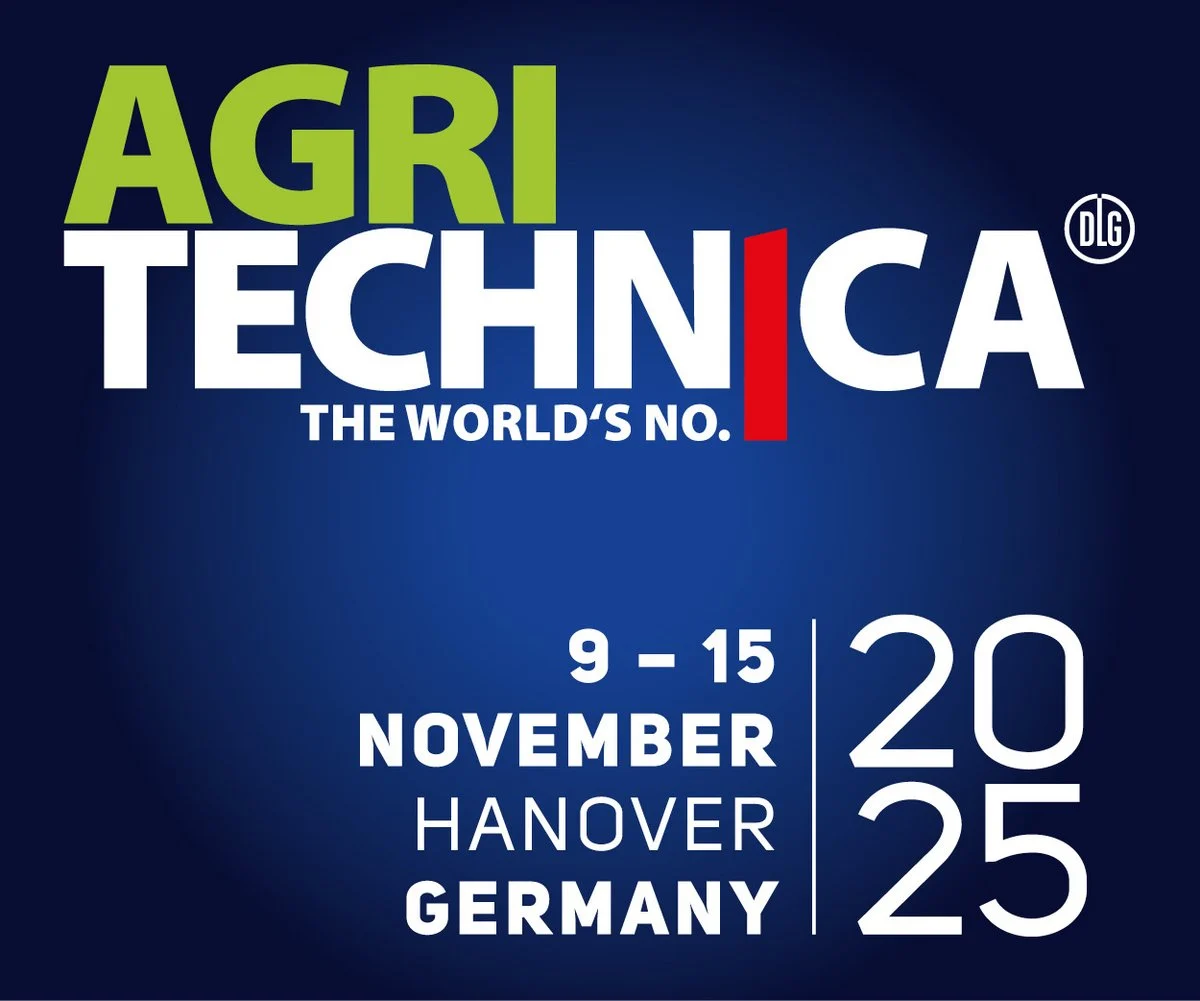Sponsored Article

Sponsored Article
Achieving one extra lactation per cow is doable
Sponsored Article

As Irish dairy farmers gear up for the 2022 calving season and the grazing year that follows, they are being told - in truly clear terms - that securing at least one additional lactation per cow is a more than feasible target, which they should set for their businesses.
Driving this communication campaign are Animal Health Vision (AHV) Ireland’s managing director Adam Robinson and company ruminant nutritionist for Northern Ireland (NI) Anna Blair.
“The dairy industry is losing too many young cows,” Adam said.
“All of these factors are inter-related. But in all cases, the result is the same: The premature removal of young cows and the tremendous loss in production potential, which this represents.”
According to the AHV nutritionist, the global average number of lactations is currently 3.16, and just under three lactations being achieved by cows in Irish dairy herds.
“It takes approximately 2.5 lactations for a heifer to pay for her rearing and maintenance costs up to that point, meaning if cows here are averaging three lactations, we have less than half a lactation of profit," Anna continued.
“So, it is cows milking efficiently into their third, fourth and fifth lactations that are generating profit within the Irish milk sector – with research showing a sustainable target number of five lactations.”
AHV representatives highlight the realistic expectation of most cows remaining productive for five lactations within any management system.
“But setting the goal of securing one additional lactation per cow is the most obvious starting point on the vast majority of farms,” Adam stressed.
“Securing this objective alone will immediately boost the efficiency, sustainability and profitability of all dairy farms.
“Reducing herd replacement rates will also allow milk producers to have more replacement heifers to sell, particularly if they use sexed semen. It also presents the option of using more beef semen within a herd.”
Adam and Anna reiterated the need for all dairy farmers to access as much information as possible regarding the health and performance of their cows.
But this is only part of the solution to the equation, which milk producers must solve as they look to the future.
“Interpreting this information and making management decisions based on the available data is just as important,” Anna explained.
“Modern dairy software and IT systems can give real-time information on individual cow health and physical performance.
Milk recording is one of the most effective and efficient ways of securing critically valuable information on numerous aspects of dairy cow performance.
But, according to Adam, there is a problem.
“Not enough Irish dairy farmers milk record in the first place. And of those who do, not all commit to monthly recordings,” he said.
“Both of these omissions are hindering large numbers of milk producers from securing real progress within their businesses.
AHV Ireland’s ruminant nutritionist, Michael McGonigle also said:
“By milk recording regularly it allows the farmer to identify cows and intervene at an earlier stage, therefore sorting an issue before it becomes a problem.”
Both AHV nutritionists explained that the company’s team of highly trained advisors has a range of solutions to help overcome the challenges dairy farmers, irrespective of the production system they follow and the cow type they want to breed.
“All our team members have tremendous experience working with dairy farmers operating within the widest range of production environments," added Anna.
“Ensuring a cow has a stress-free transition period can also help reduce metabolic issues later in her lactation, so getting this correct is vital and worthwhile," Michael reiterated.
“Reducing time spent in a negative energy balance is the most important goal of transition cow management, and this can have a positive influence health, production, fertility and of course longevity of the herd.”
Effective calf management, however, is at the core of delivering improved long-term sustainability within all dairy farming businesses.
“Calves are the most important animals on all dairy farms,” stressed Adam.
“And they must be managed accordingly. Invariably, calves will be the animals with the highest genetic merit within a herd.
“Maximising lifetime performance per cow is the most tangible way of quantifying what constitutes optimal efficiency and sustainability on all dairy farms.
“Making this happen requires the development of an overall management plan for the business.
“What’s more, they will be available at all times to ensure that the plan is implemented in the most efficient way possible and that it is tweaked, as required.”
For more information you can request a call back from an AHV advisor or nutritionist by clicking here.
Sponsored Article







